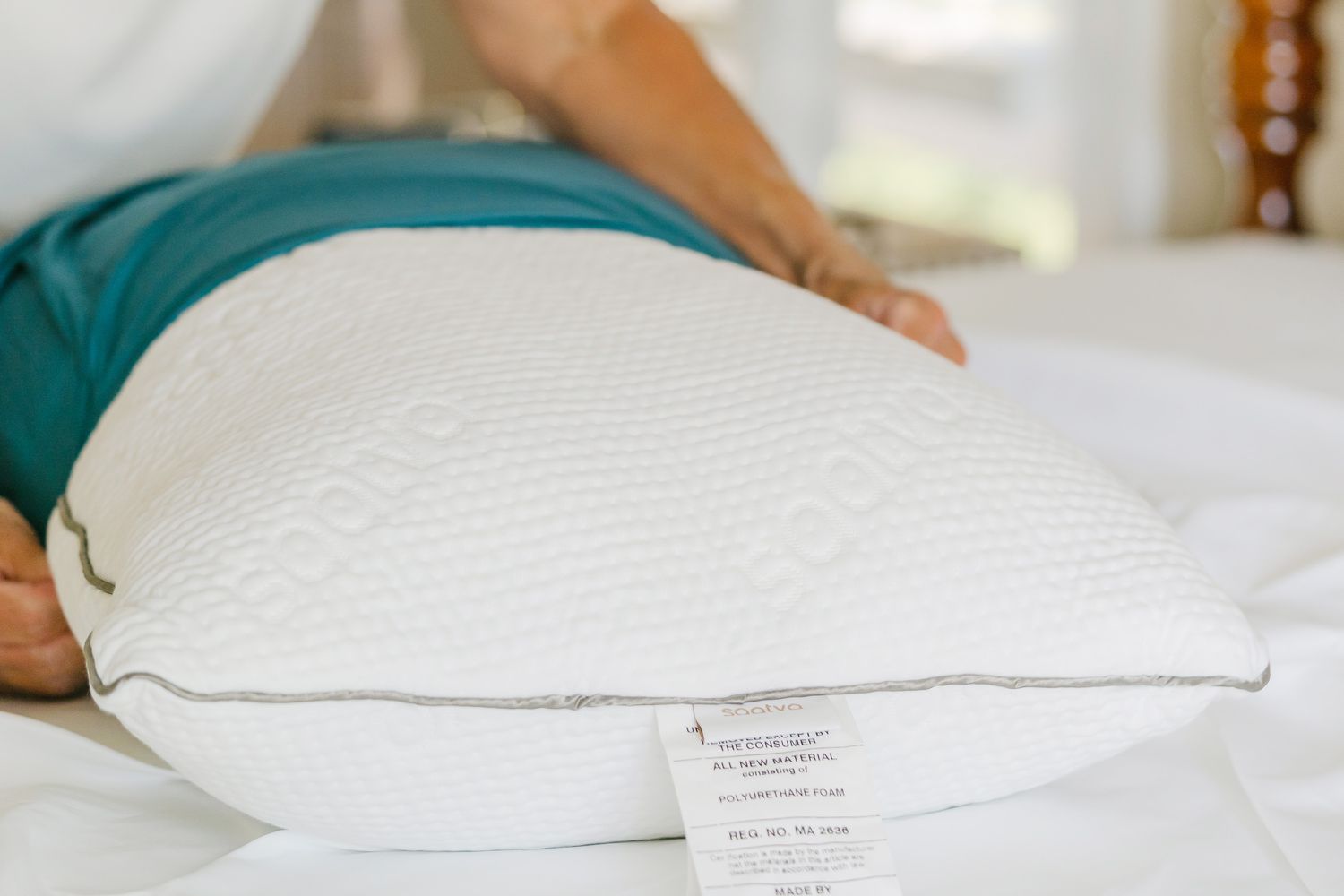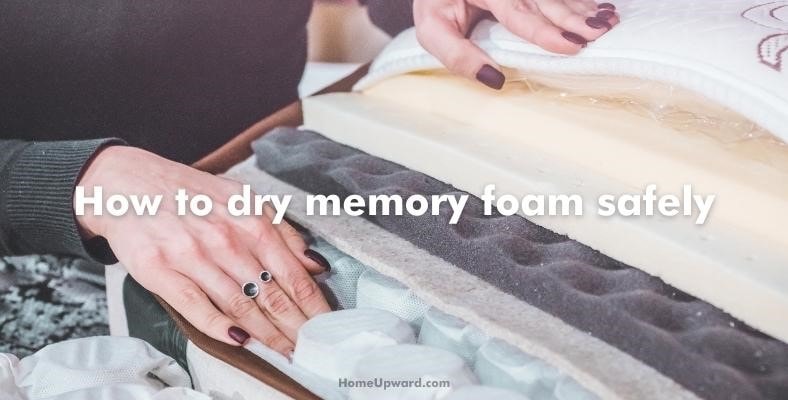How To Dry Memory Foam Pillow

Your memory foam pillow is soaked? Immediate action is critical to prevent mold and maintain its integrity.
This guide provides a step-by-step process for effectively drying a memory foam pillow, ensuring it's fresh and ready for use as quickly as possible.
Immediate Action: Squeeze and Blot
First, immediately remove the pillowcase and any protective covers.
Begin by gently squeezing out as much excess water as possible. Avoid twisting or wringing the pillow, as this can damage the delicate memory foam structure.
Use clean, absorbent towels to blot the pillow, pressing firmly to draw out moisture. Repeat this process with fresh towels until minimal water is absorbed.
Air Drying: The Preferred Method
Air drying is the recommended method to dry a memory foam pillow. It's the gentlest approach, minimizing the risk of damage from heat or harsh chemicals.
Place the pillow in a well-ventilated area, ideally outdoors in indirect sunlight. Direct sunlight can cause the foam to degrade over time.
If outdoor drying isn't possible, use a room with good airflow. Open windows and doors to facilitate air circulation.
Positioning for Optimal Drying
Prop the pillow up on a drying rack or a mesh surface. This allows air to circulate around the entire pillow, promoting even drying.
Turn the pillow regularly – every few hours is ideal – to ensure all sides are exposed to the air. This prevents moisture from getting trapped in the core of the foam.
Consider using a fan to further improve airflow. Position the fan to blow gently across the pillow's surface. Don't place the fan too close; a moderate distance is best.
Dehumidifier Assistance
If you live in a humid climate, a dehumidifier can significantly speed up the drying process.
Place the pillow near the dehumidifier and run it on a medium setting. Monitor the humidity levels and adjust as needed.
Remember to still rotate the pillow regularly, even with a dehumidifier in use.
Dryer Use: Proceed with Extreme Caution
Using a dryer is not generally recommended for memory foam pillows.
The high heat can damage or even melt the foam, altering its shape and support. However, if absolutely necessary, proceed with extreme caution.
If You Must Use a Dryer
Place the pillow inside a large, mesh laundry bag to protect it from direct contact with the dryer drum.
Set the dryer to the lowest heat setting or, ideally, use an air-dry or no-heat cycle.
Add several clean, dry towels to the dryer to help absorb moisture and cushion the pillow. Check the pillow frequently during the drying process – every 15-20 minutes – to ensure it's not overheating.
Never leave the pillow unattended in the dryer. Remove the pillow as soon as it is no longer damp.
Testing for Dryness
Before using the pillow, ensure it is completely dry. Moisture trapped inside can lead to mold and mildew growth.
Press down firmly on the pillow in several areas. If you feel any dampness or cold spots, continue drying.
Consider weighing the pillow before and after drying. A noticeable difference in weight indicates residual moisture.
Addressing Lingering Odors
If the pillow has developed an odor, sprinkle it lightly with baking soda. Let it sit for several hours, then vacuum it thoroughly.
Alternatively, you can use a fabric refresher spray specifically designed for upholstery.
Ensure the pillow is completely dry before replacing the pillowcase and using it again.
Prevention is Key
Protect your memory foam pillow from future spills and moisture by using a waterproof pillow protector.
Wash pillowcases regularly to maintain hygiene and prevent stains from penetrating the pillow.
Consider spot-cleaning the pillow as needed using a mild detergent and a damp cloth.
Next Steps
Monitor the pillow for any signs of mold or mildew growth in the coming days.
If you detect any discoloration or unpleasant odors, it may be necessary to discard the pillow.
Regularly airing out your memory foam pillow will help to maintain its freshness and longevity.
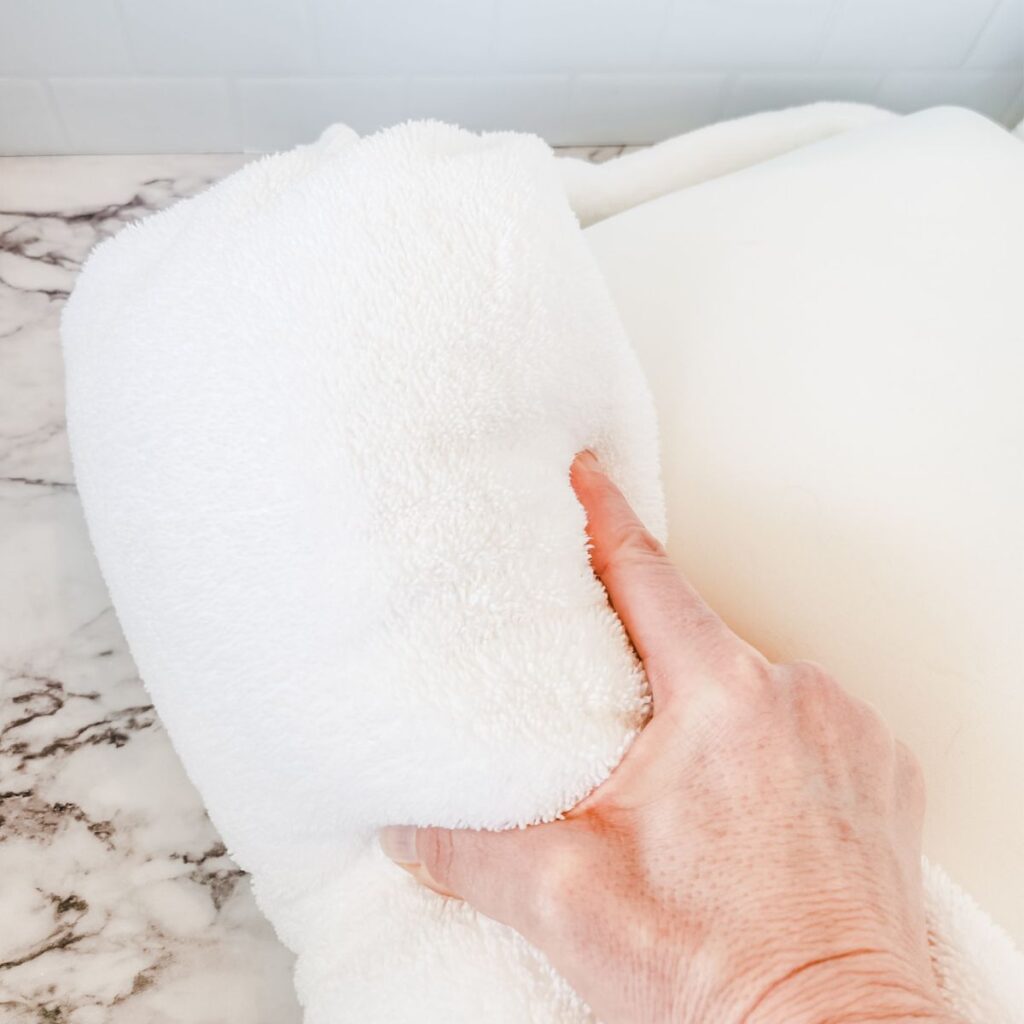
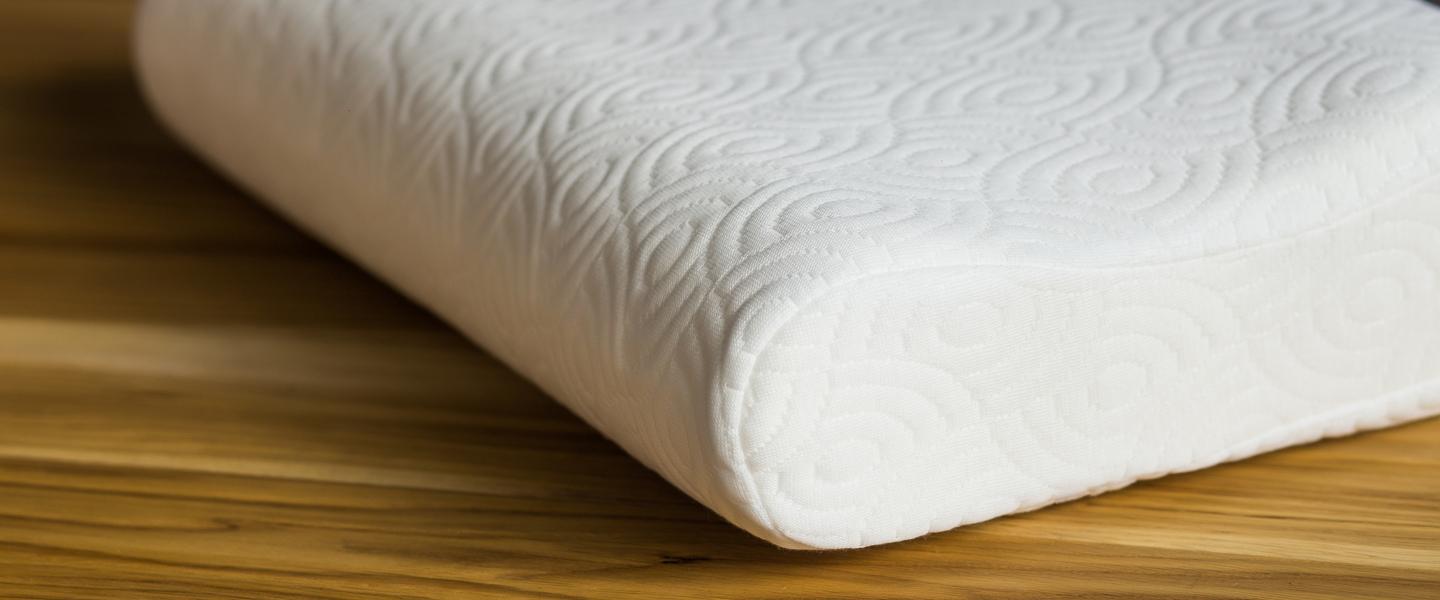

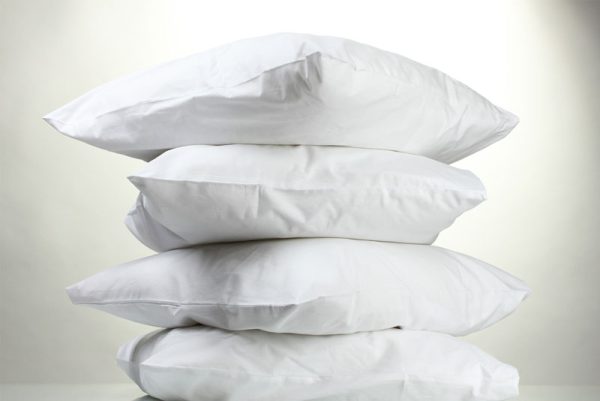
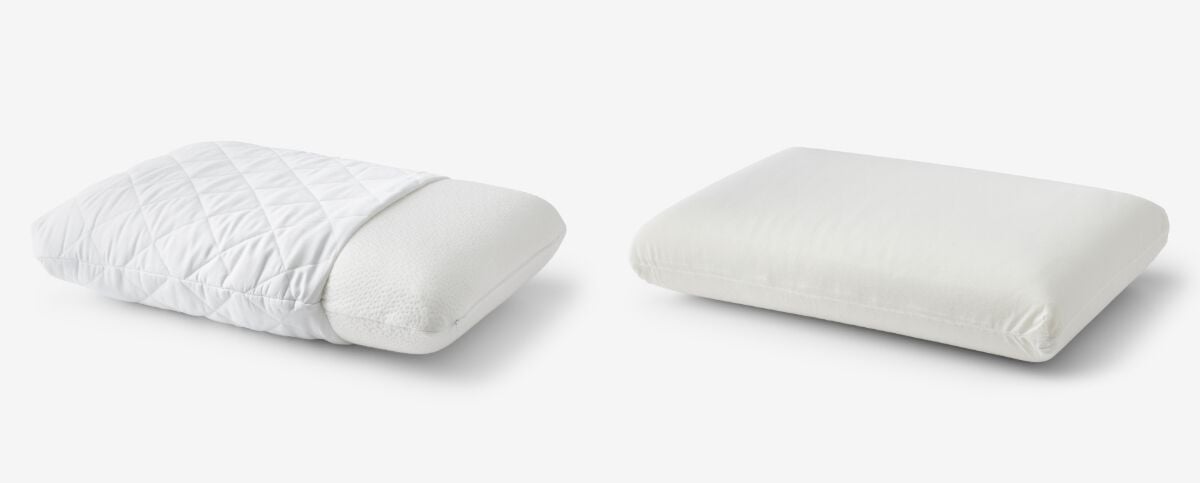

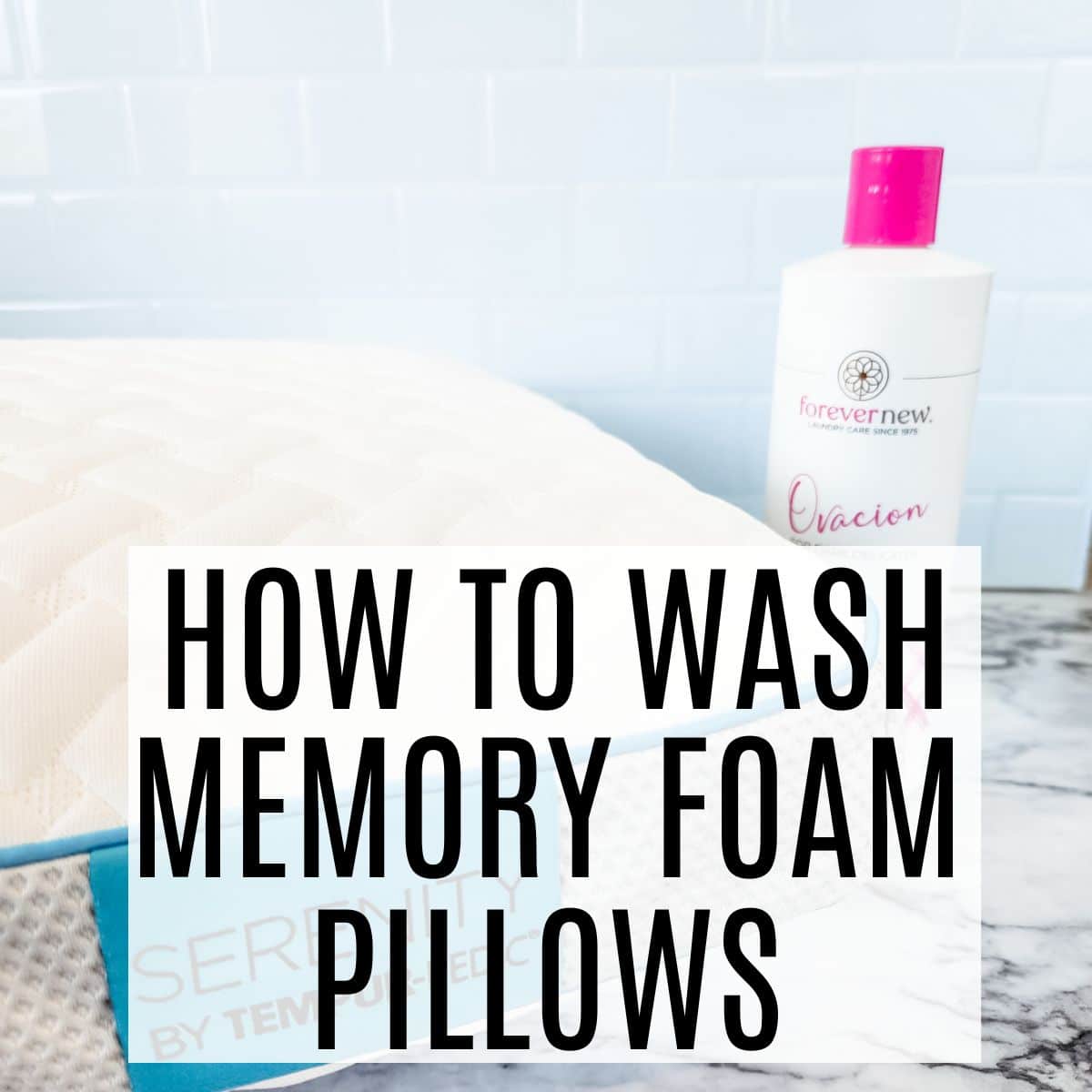




![How To Dry Memory Foam Pillow How to Dry Memory Foam Pillows [A Step-by-Step Guide]](https://coziepillow.com/wp-content/uploads/2022/05/dry-memory-foam-pillow.jpg)
